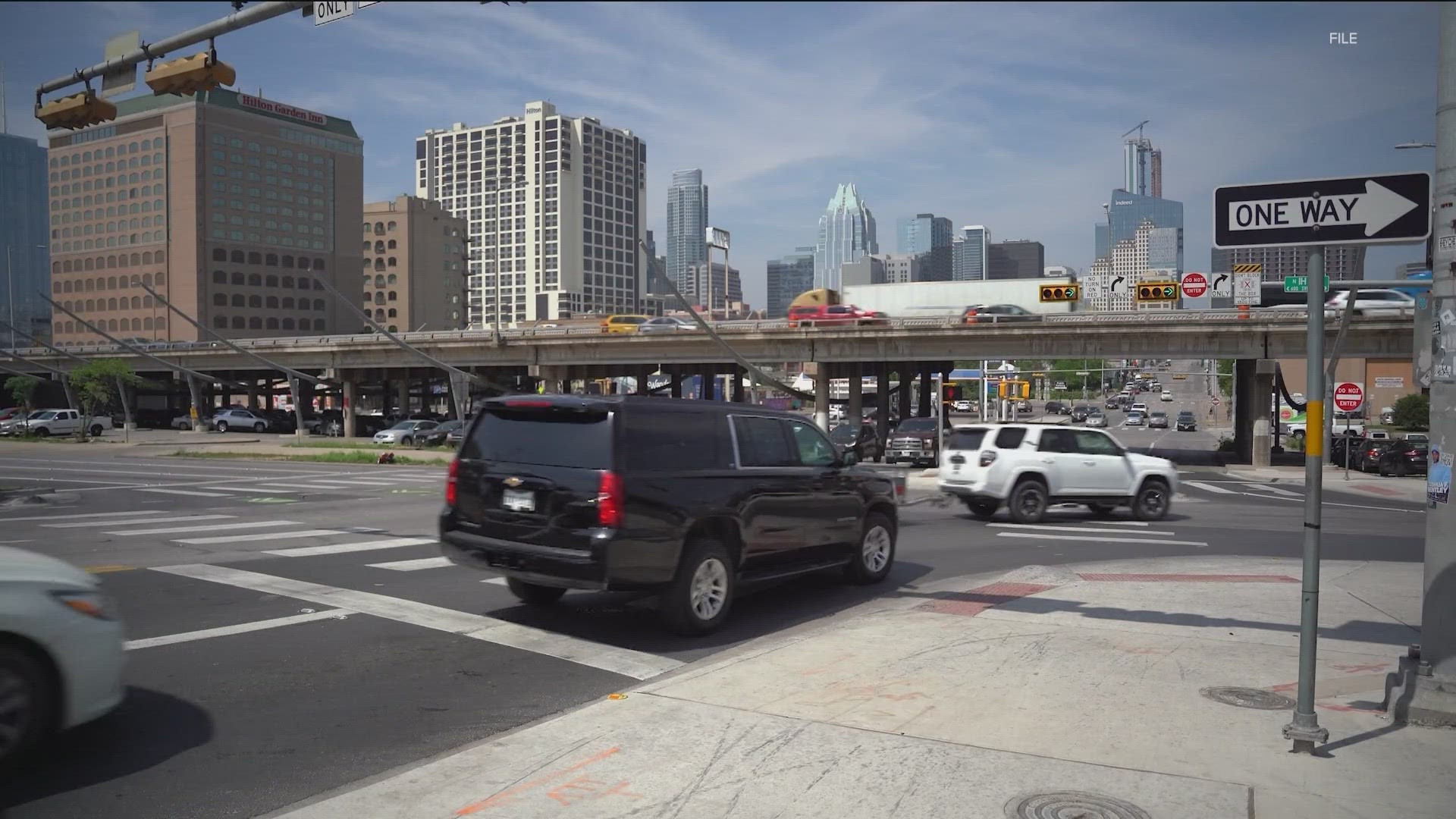AUSTIN, Texas — When daylight starts to shorten for fall and winter, the amount of wrecks involving pedestrians tends to increase, according to the Texas Department of Transportation.
TxDOT records show more pedestrian crashes statewide happened last October than any other month in 2022.
“Only 1% of crashes in Texas involve pedestrians, yet they make up 19% of all traffic deaths. In the last five years, pedestrian traffic fatalities in Texas increased 29.6%, reflecting nationwide trends. In 2022, 5,764 traffic crashes involving pedestrians occurred in Texas, resulting in 829 deaths and 1,526 serious injuries,” a TxDOT press release shows.
In an ongoing investigation, Dangerous by Design, the KVUE Defenders showed how some of the deadly pedestrian-involved crashes happen because of the lack of sidewalks and safe pedestrian crossings around the city.
State records show the amount of deadly pedestrian-involved wrecks on city streets has remained in double digits since 2017, with 24 people dying last year.
Earlier this year, the KVUE Defenders spoke with Lewis Leff, Acting Assistant Director, Strategic Mobility Services for the City of Austin Transportation and Public Works Department (TPW).
“What we’re trying to do is rectify a system that’s been developed. That’s a series of policy decisions over multiple decades. It doesn't happen overnight, but we know we can make a significant difference by some targeted investment and continue to scale up what’s working within Austin,” said Leff.
City leaders launched “Vision Zero” in 2015 to reduce the amount of people hurt or killed in crashes.
The city’s Vision Zero team keeps a running total of all crashes, including those involving pedestrians, cyclists and other motorists. The Vision Zero data shows we have fewer overall fatalities, fewer serious injuries and fewer total wrecks since this time last year.
After the launch of Austin’s Vision Zero, the amount of pedestrian-involved fatal wrecks reduced at the intersections where safety improvements were made.
However, it did not reduce the total amount of fatal wrecks involving pedestrians citywide. This is partly because of how many pedestrian-involved crashes happen on state-managed roadways, such as Highway 71, Highway 183 and I-35 frontage road.
When combining city streets with all other road classes, State crash data shows the amount of pedestrians killed in a wreck in Austin has risen each year since 2017.


“As we shift to fewer hours of daylight, it’s up to drivers and pedestrians to adapt and help keep our roads safe,” said TxDOT Executive Director Marc Williams. “Motorists need to stay alert and look for people walking, and pedestrians can take measures to be seen by drivers who may be inattentive behind the wheel.”
Nationally, the National Highway Traffic Safety Administration considers October “Pedestrian Safety Month.”

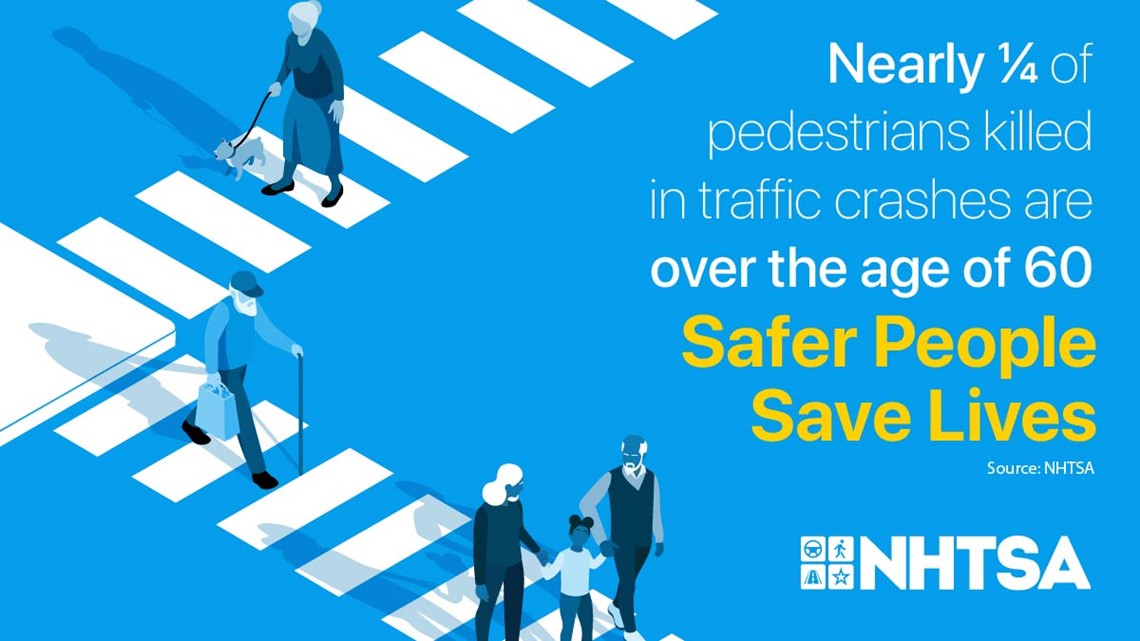

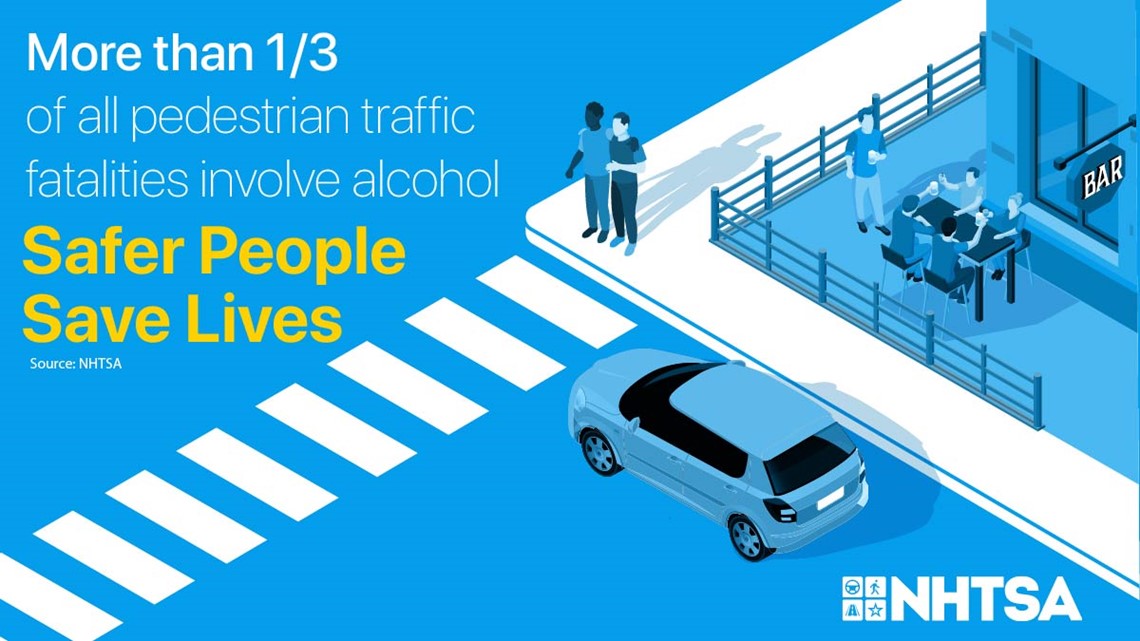

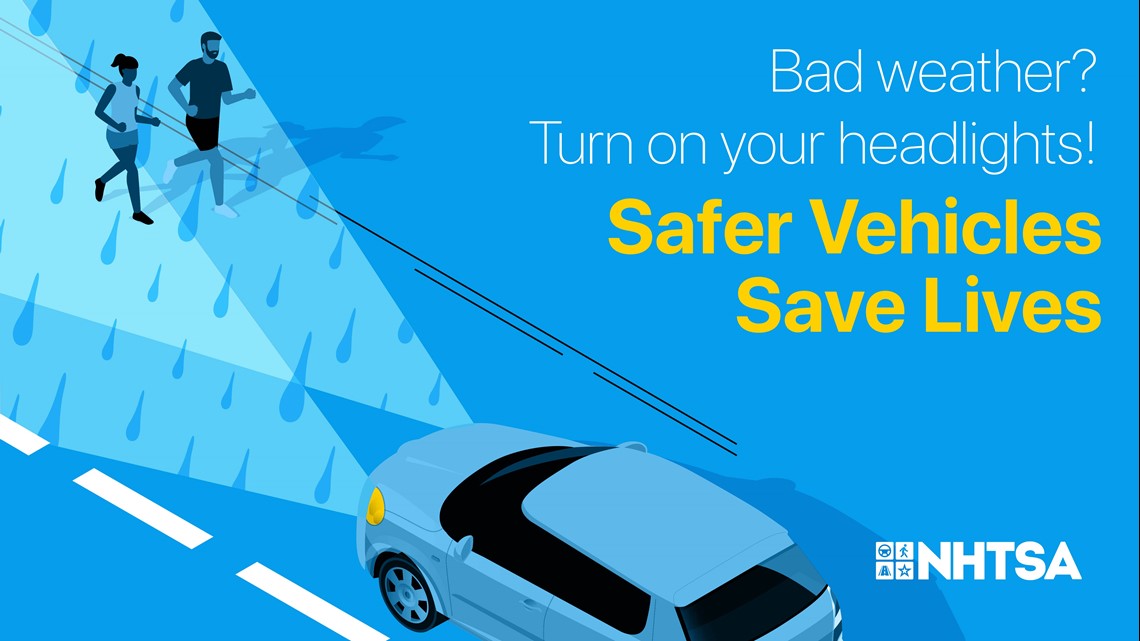

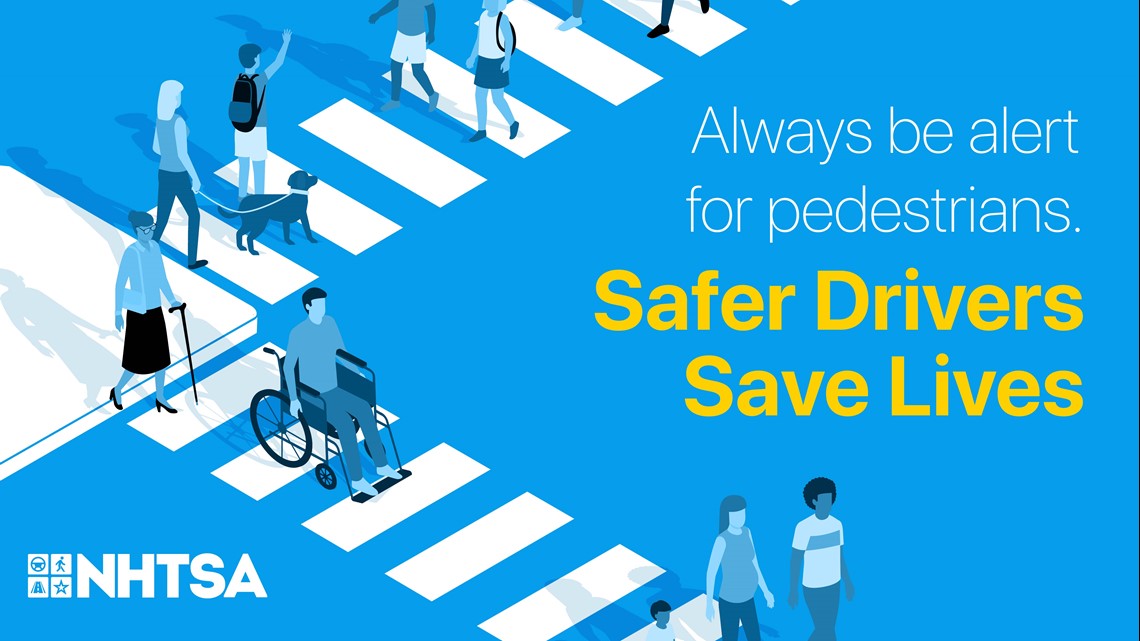

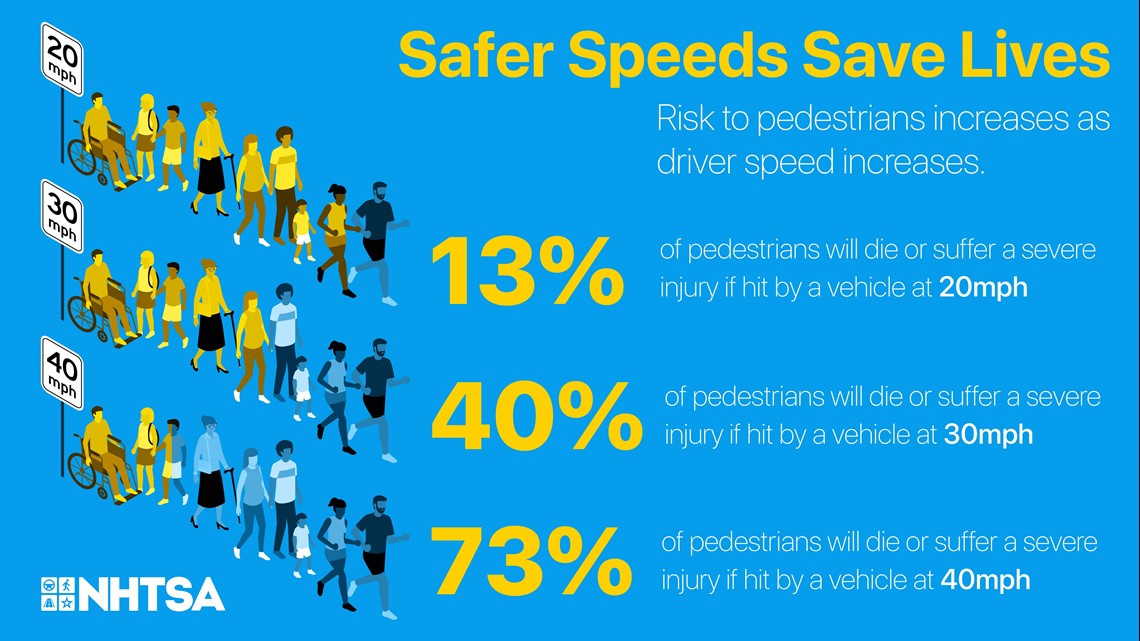

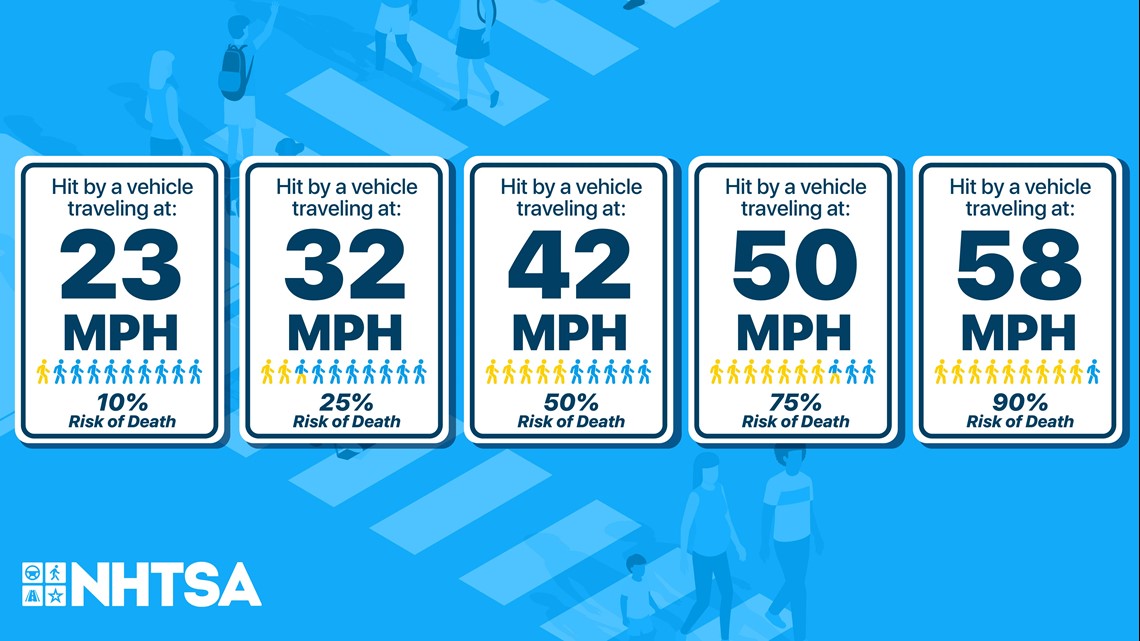
NHTSA data shows a person hit by a vehicle traveling at 23 mph has a 10% risk of death. The risk jumps to 50% when a vehicle is traveling at 42 mph and 90% risk of death if hit by a vehicle traveling at 58 mph.
In a press release, TxDOT suggested these tips for drivers and pedestrians:
“For drivers:
- Stop and yield for pedestrians in crosswalks.
- When turning, yield the right of way to pedestrians.
- Be cautious when passing stopped buses or other vehicles that can block your view of pedestrians.
- Pay attention and put your phone away so you’re prepared if pedestrians enter your path.
- Follow the posted speed limit and drive to conditions.
"For people walking:
- Cross the street only at intersections and crosswalks. Look left, right, then left again before crossing.
- Make eye contact with drivers before crossing. Don’t assume traffic will stop for you.
- Follow all traffic and crosswalk signals.
- When walking, put away electronic devices that take your eyes and ears off the road.
- Stay visible. Wear reflective materials or use a flashlight at night.”

